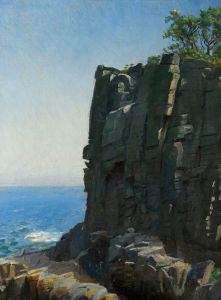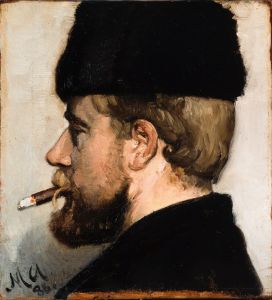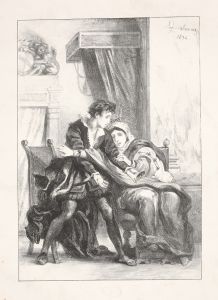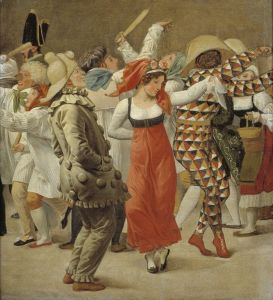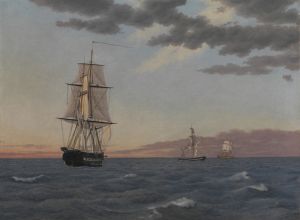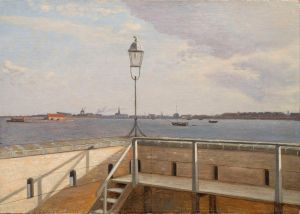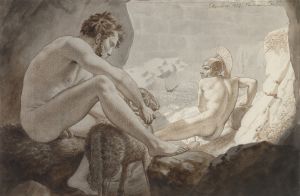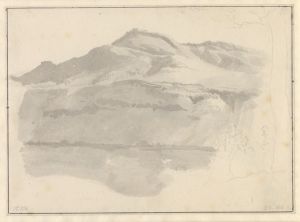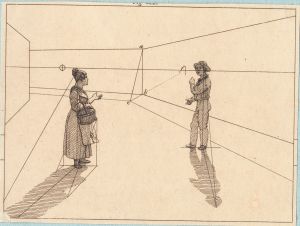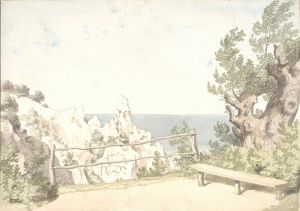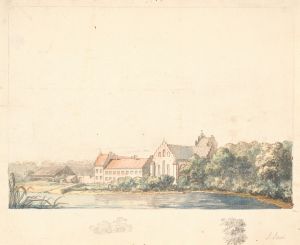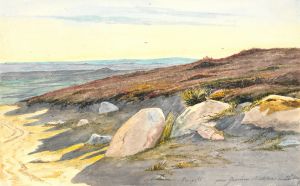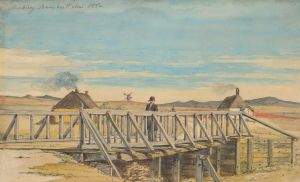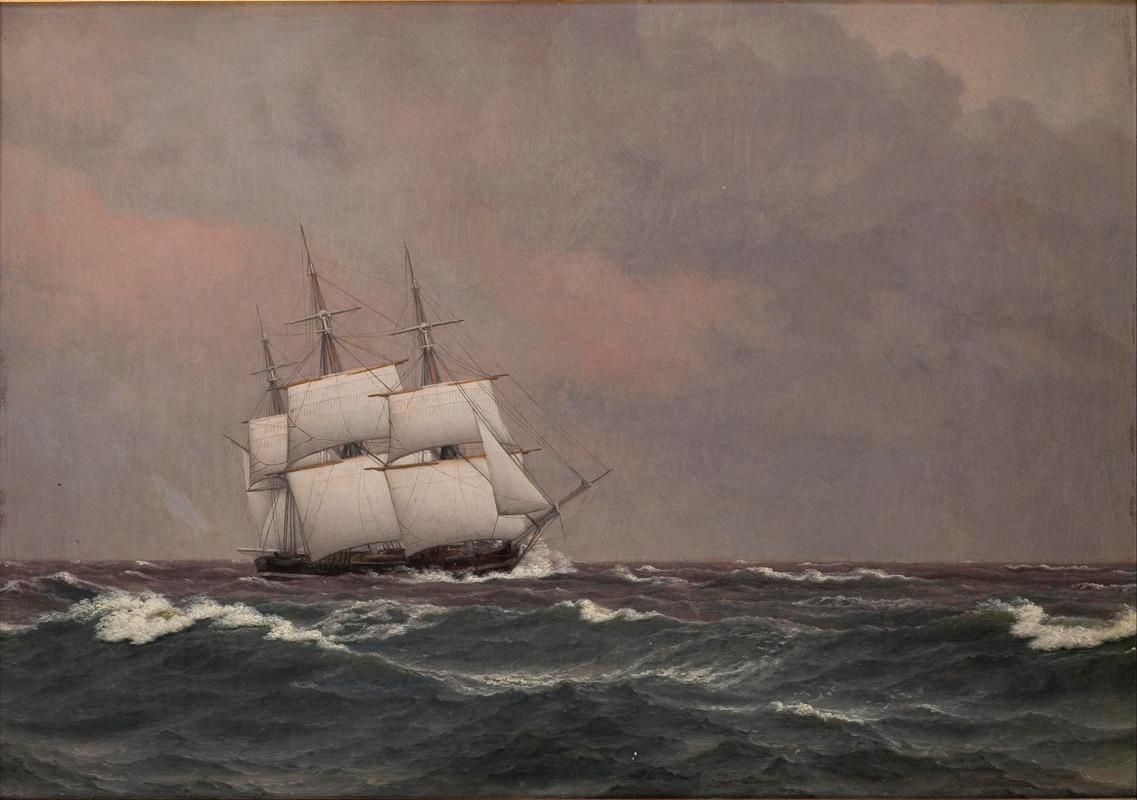
The corvette Najaden in rough seas
A hand-painted replica of Christoffer Wilhelm Eckersberg’s masterpiece The corvette Najaden in rough seas, meticulously crafted by professional artists to capture the true essence of the original. Each piece is created with museum-quality canvas and rare mineral pigments, carefully painted by experienced artists with delicate brushstrokes and rich, layered colors to perfectly recreate the texture of the original artwork. Unlike machine-printed reproductions, this hand-painted version brings the painting to life, infused with the artist’s emotions and skill in every stroke. Whether for personal collection or home decoration, it instantly elevates the artistic atmosphere of any space.
"The Corvette Najaden in Rough Seas" is a painting by the Danish artist Christoffer Wilhelm Eckersberg, completed in 1834. Eckersberg, often referred to as the "father of Danish painting," played a crucial role in the development of the Danish Golden Age of painting. His works are celebrated for their meticulous attention to detail, clarity, and the ability to capture the essence of the Danish landscape and maritime life.
This particular painting, "The Corvette Najaden in Rough Seas," is a fine example of Eckersberg's maritime art. The painting depicts the Danish naval ship, the corvette Najaden, navigating through turbulent waters. Eckersberg's interest in maritime subjects was not only artistic but also personal, as he had a deep fascination with the sea and ships, which was common among artists of his time in Denmark, a nation with a rich maritime history.
Eckersberg's training and background significantly influenced his approach to painting. He studied at the Royal Danish Academy of Fine Arts in Copenhagen and later in Paris under the renowned French neoclassical painter Jacques-Louis David. This education provided him with a strong foundation in classical techniques and an appreciation for precise composition and form, which are evident in his depiction of the Najaden.
In "The Corvette Najaden in Rough Seas," Eckersberg employs a realistic style, capturing the dynamic movement of the waves and the sturdy construction of the ship. The painting is noted for its detailed rendering of the ship's rigging and sails, showcasing Eckersberg's technical skill and attention to detail. The composition conveys a sense of drama and tension, as the ship battles against the elements, a theme that resonates with the viewer's understanding of the challenges faced by sailors.
The corvette Najaden itself was a notable vessel in the Danish navy, and Eckersberg's choice to depict it reflects the importance of naval power and maritime exploration during this period in Denmark. The painting not only serves as a work of art but also as a historical document, providing insight into the naval architecture and maritime conditions of the early 19th century.
Eckersberg's work, including "The Corvette Najaden in Rough Seas," had a lasting impact on Danish art. He was a professor at the Royal Danish Academy of Fine Arts, where he influenced a generation of Danish artists, including notable figures such as Christen Købke and Martinus Rørbye. His emphasis on observation from nature and the study of light and atmosphere became foundational principles for his students and the broader Danish art community.
Today, "The Corvette Najaden in Rough Seas" is held in high regard and is part of the collection at the Statens Museum for Kunst (The National Gallery of Denmark) in Copenhagen. The painting is appreciated not only for its artistic merit but also for its historical significance, offering viewers a glimpse into the maritime heritage of Denmark and the artistic achievements of Christoffer Wilhelm Eckersberg.





